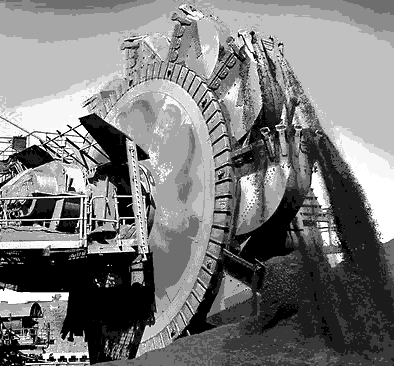Re-watering ideas for WA
 In the Pilbara region, iron ore mining has significantly impacted groundwater resources over the past two decades, but more sustainable approaches may be coming.
In the Pilbara region, iron ore mining has significantly impacted groundwater resources over the past two decades, but more sustainable approaches may be coming.
The extensive dewatering of aquifers, required to access ore bodies below the water table, has led to substantial volumes of water being redirected into creeks.
Bob Kinnell, Technical Director at engineering firm GHD, is advocating for a more sustainable approach to managing these groundwater resources.
Kinnell says that the dewatering processes prior to 2007 were primarily for dust suppression and drinking purposes.
However, with the rapid increase in demand from China post-2007, there was a considerable surge in dewatering by the mining industry.
“The mindset was tactical, bringing new mines online quickly to meet increasing demand. The water needed to be removed to access ore and, with no demand for this excess water, disposal to creeks was the de facto solution,” he said.
The result was tens of gigalitres of water being removed annually, far exceeding the natural recharge rate of the aquifers.
The environmental consequences of this extensive dewatering are now becoming apparent.
“The region gets the odd cyclone, but otherwise the aquifers do not get any significant recharge. The volume of water removed is much bigger than the volume of water coming in. Some of the consequences of this movement will last for a long time,” Kinnell says.
This imbalance has led to the creation of new ecosystems in areas where perennial creek discharge has occurred over the past 20 years, but these are not sustainable in the long term.
Kinnell emphasised the need for a shift in strategy towards more sustainable groundwater management.
The 2009 Pilbara Water in Mining Guideline initiated some changes by encouraging the mining industry to find uses for the groundwater.
However, with the current transition from rapid expansion to sustaining operations, there is a need to reassess and align strategies and tools with a long-term mindset.
“We are now entering a phase where we need to take a look at our tools and methods, and think clearly about how we are moving into the future when it comes to groundwater management in the Pilbara,” he said.
A significant change in the industry is the increased focus on environmental, social, and cultural aspects of water resource management. Kinnell noted that the involvement of Traditional Owners and the broader community has become essential.
“Traditional Owners have come to the fore, and there is now an expectation by Traditional Owners and miners to consider the cultural value of this water. We are now moving away from an attitude of ‘we will worry about it later’. Everyone is wising up to this now,” he said.
The future of dewatering in mining operations will also involve managed aquifer recharge and other sustainable practices.
Kinnell notes the complexities of these approaches, including the need to conduct thorough scientific and engineering evaluations to manage expectations and develop realistic outcomes.
“It’s really important to do the science and engineering to manage expectations. People come up with a lot of ideas, but we need to think through the most realistic outcome. This is about having an honest conversation about the future, rather than persisting with short-term solutions, like we used to,” he said.
One of the promising methodologies being explored is adaptive pathways planning, which offers a collaborative and scenario-based approach to groundwater management.
“Adaptive planning is a way of understanding where we might go in future and challenge ourselves to account for different scenarios. We can sequence and plan different decisions that may need to be made, depending on how things play out,” Kinnell explains.
This approach also incorporates environmental, social, and governance (ESG) objectives, providing a comprehensive framework for sustainable resource management.
“Working together is the only way we will create more sustainable outcomes, it’s the way of the future. This has been driven by a renewed interest in the protection of ecosystems by the general public, as well as a lot of hard work and activism by Traditional Owners,” he said.







 Print
Print